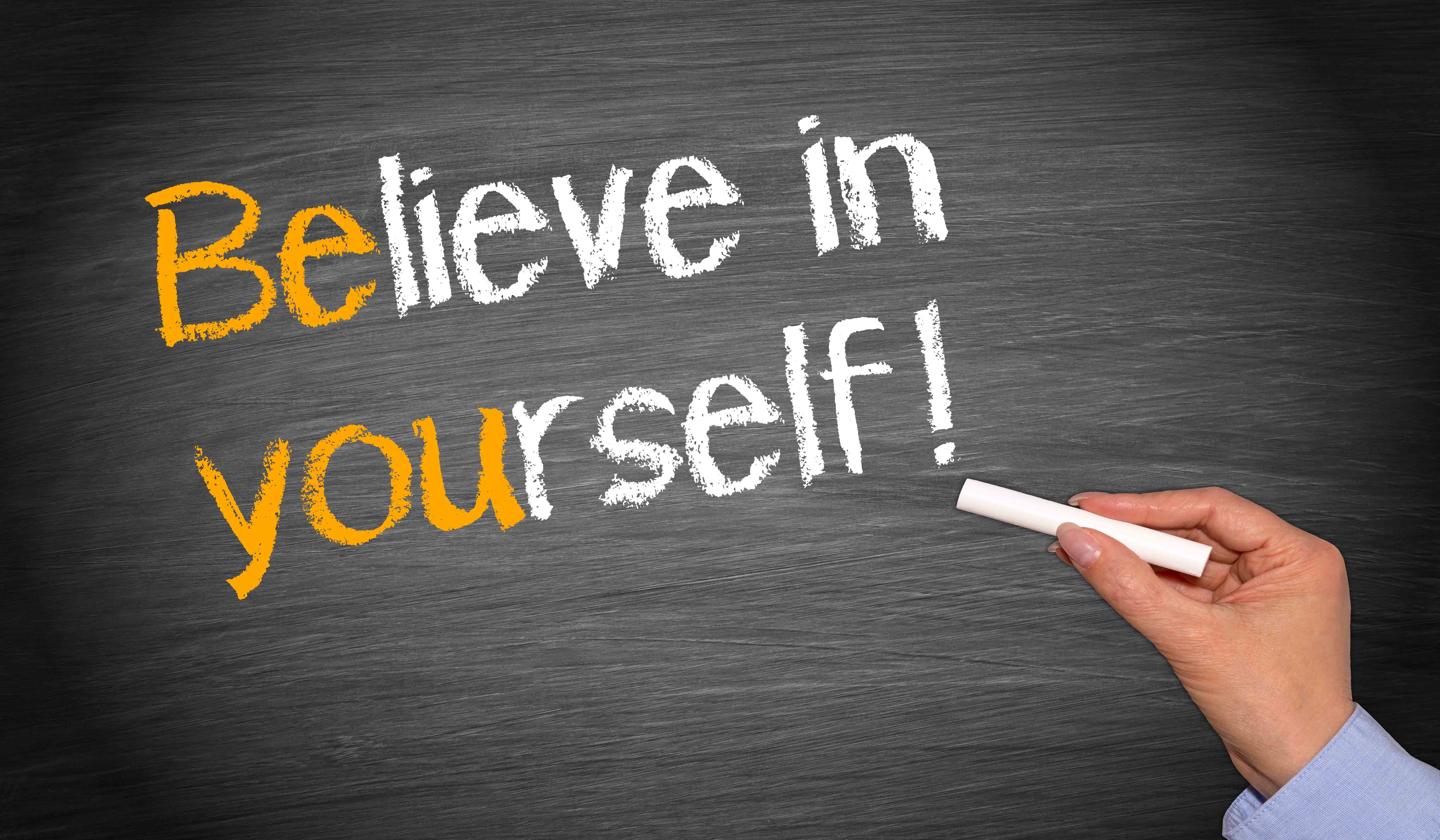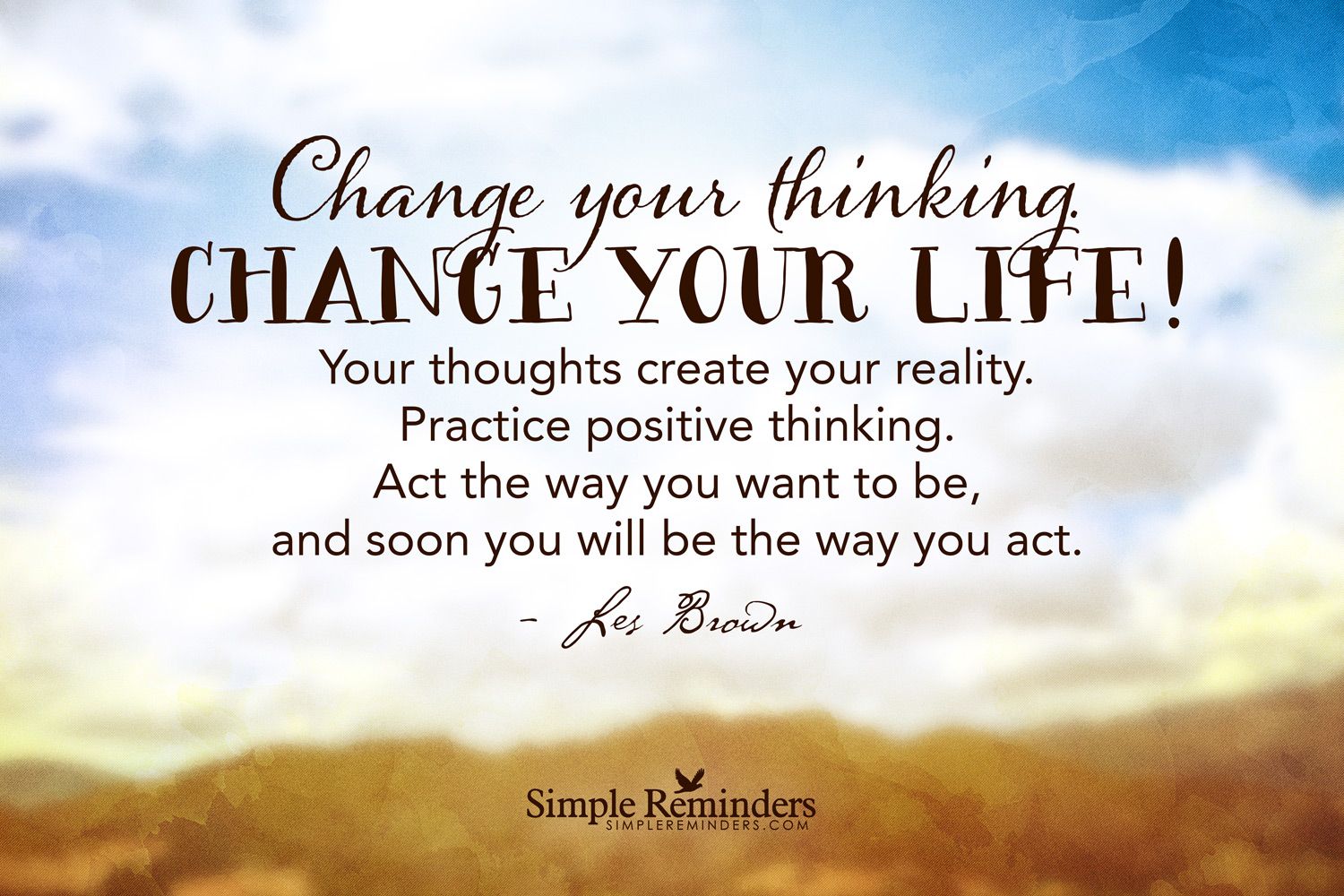Have you ever looked in the mirror and not liked what you saw? Or perhaps you felt unsure about your abilities, whether in your personal or professional life? Your self-image plays a crucial role in shaping how you perceive yourself and how you interact with the world around you. In this blog post, we’ll explore what self-image really is, why it matters, and how transforming it can lead to a positive change in your life. So, let’s dive in and understand the power of a healthy self-
Understanding the Concept of Self-Image

Self-image is all about how you see yourself—your thoughts, beliefs, and perceptions regarding your identity. It encompasses various aspects like your physical appearance, values, and overall self-worth. Essentially, your self-image shapes every interaction you have with yourself and others. Here are a few key points to help you grasp the concept better:
- Self-Perception: This is how you view your attributes and qualities. If you see yourself positively, you will likely carry yourself confidently. Conversely, a negative self-perception can lead to feelings of inadequacy.
- Influences on Self-Image: Our self-image is shaped by several factors, including family, culture, social media, and personal experiences. Recognizing these influences can help you identify areas for improvement.
- Impact on Behavior: Your self-image influences your actions and decisions. A positive self-image may encourage you to take on new challenges, while a negative self-image might hold you back.
- Growth Potential: Understanding that self-image isn’t fixed is essential. With conscious effort, like affirmations, therapy, or self-reflection, you can reshape your self-image into something more positive.
In summary, your self-image is a powerful aspect of your identity. By understanding it better, you're already taking the first step toward transforming it for positive change!
Identifying Negative Self-Images

Identifying a negative self-image is the first crucial step toward transformation. It’s often challenging because negative beliefs about ourselves can be deeply ingrained and even feel like a part of our identity. However, recognizing these beliefs is essential for growth. Here are some common signs that suggest you might have a negative self-image:
- Constant Self-Criticism: Do you often find yourself being overly critical of your abilities or appearance? If you frequently berate yourself for not being perfect, it may indicate a negative self-image.
- Comparison with Others: Are you always measuring yourself against others? If you feel inadequate when comparing yourself to friends or celebrities, this could signal negative self-perception.
- Fear of Judgment: Do you avoid social situations due to a fear of being judged? Feeling like you must hide or present a ‘better’ version of yourself is a clear indicator of a distorted self-image.
- Pessimism and Negativity: Are you consistently seeing the glass as half empty? A negative outlook on life can stem from a poor self-image.
- Perfectionism: Do you have impossibly high standards for yourself? If you constantly strive for perfection, it may be tied to an underlying belief that you are not ‘enough’ as you are.
It’s important to remember that these signs do not define who you are. Acknowledging them is the first step towards creating a more positive and empowered self-image. Self-reflection through journaling or talking to someone you trust can provide clarity on these negative thoughts.
The Impact of Self-Image on Daily Life

Your self-image plays a pivotal role in shaping your daily experiences and interactions. A healthy self-image fosters confidence and opens doors, while a negative self-image can lead to limitations in both personal and professional realms. Here’s how self-image impacts daily life:
| Positive Self-Image | Negative Self-Image |
|---|---|
| Boosts confidence in social situations. | Leads to avoidance of social events out of fear of inadequacy. |
| Enables effective communication and relationships. | Creates misunderstandings and tension in communication. |
| Promotes a proactive approach to challenges. | Encourages a defeatist attitude, reducing motivation to try new things. |
| Enhances overall mental well-being. | Increases susceptibility to anxiety and depression. |
| Encourages setting and achieving personal goals. | Makes goal-setting seem daunting, reducing ambition. |
All these factors illustrate just how significant self-image is in our daily lives. When we see ourselves in a positive light, we are more likely to seize opportunities and engage fully with the world around us. On the contrary, a negative self-image can lead to a cycle of withdrawal and missed opportunities. It’s time to break that cycle!
5. Steps to Change Your Self-Image
Changing your self-image is like sculpting a masterpiece from a block of marble – it takes time, patience, and a clear vision. Here are some actionable steps to get you started:
- Self-Awareness: The first step is to understand how you currently see yourself. Take some time to reflect on your thoughts and feelings about yourself. Journaling can be a great tool for this.
- Identify Negative Beliefs: Write down any negative beliefs you have about yourself. This might include thoughts like, "I’m not good enough" or "I’ll never succeed." Acknowledging these thoughts is crucial for change.
- Challenge Negative Thoughts: Once you identify these beliefs, start to challenge them. Ask yourself, “Is this really true?” or “What evidence do I have to support this thought?” This critical evaluation will help you gain perspective.
- Set Realistic Goals: Instead of aiming for perfection, set achievable goals that encourage progress. Focus on small, incremental changes rather than overwhelming yourself with huge expectations.
- Visualize Your Ideal Self: Spend a few minutes each day visualizing the person you want to become. What qualities do they have? How do they carry themselves? This practice can help rewire your subconscious mind.
By following these steps and being consistent, you can gradually shift your self-image to one that empowers you and opens doors to positive change.
6. Techniques for Building a Positive Self-Image
Building a positive self-image isn’t just a single act; it’s an ongoing process. Here are some techniques that can facilitate this transformation:
- Affirmations: Incorporate daily affirmations into your routine. These positive statements can help reinforce your self-worth. Try saying, “I am capable and deserving of love” aloud each morning.
- Gratitude Practice: Keep a gratitude journal where you write down things that you appreciate about yourself and your life. This practice helps shift your focus from negativity to positivity.
- Surround Yourself with Positivity: The people you interact with can greatly influence your self-image. Surround yourself with supportive and uplifting individuals who believe in your potential.
- Engage in Self-Care: Taking care of your physical and mental well-being can boost your self-image. Whether it’s exercising, eating healthily, or meditating, self-care should be a priority.
- Seek Professional Help: If your negative self-image feels overwhelming, consider speaking to a therapist or counselor. Professional guidance can provide valuable insights and coping strategies.
Utilizing these techniques can create a solid foundation for a more positive and resilient self-image, helping you navigate life’s ups and downs with confidence.
7. Seeking Professional Help and Support
Sometimes, transforming your self-image can feel like climbing a steep mountain. It might be tough to navigate these changes on your own, and that’s perfectly okay! Seeking professional help and support can provide you with the guidance and tools you need to make meaningful progress. Here’s why you should consider reaching out:
- Expertise: Mental health professionals, such as therapists and counselors, have the training to help you understand the underlying issues affecting your self-image.
- Unbiased Perspective: They provide a safe space to express your feelings without judgment, allowing for honest discussions about your self-perception.
- Tailored Strategies: Professionals can offer personalized techniques and coping mechanisms that suit your unique situation.
- Supportive Community: Joining support groups can connect you with others facing similar challenges. Sharing experiences can be incredibly validating.
In a world filled with unrealistic expectations and constant comparisons, having a coach or therapist to help you navigate your self-image journey can make all the difference. Don’t hesitate to invest in yourself; you’re worth it!
8. Maintaining a Positive Self-Image
Once you've embarked on your self-image transformation journey, it’s essential to focus on maintenance strategies to keep that positive image alive. Here are some actionable tips to help you sustain a healthy self-view:
| Action | Description |
|---|---|
| Practice Gratitude | Start or end your day by listing three things you appreciate about yourself. |
| Surround Yourself with Positivity | Engage with people who uplift and support you. Positive friendships are crucial to maintaining your self-image. |
| Engage in Self-Care | Prioritize activities that promote your wellness, whether it’s exercising, meditating, or enjoying a hobby. |
| Avoid Comparisons | Focus on your journey rather than comparing yourself to others—everyone’s path is unique! |
Remember, maintaining a positive self-image is an ongoing process. Celebrate your progress, be kind to yourself, and keep reaffirming your worth. You have the power to shape how you view yourself, so embrace it fully!✨
Transforming Your Self-Image for a Positive Change
Self-image refers to how we perceive ourselves, encompassing our beliefs, thoughts, and feelings about our abilities and worth. A positive self-image is crucial for living a fulfilling and happy life, as it influences our mental health, relationships, and overall well-being. Transforming your self-image requires a combination of introspection, positive thinking, and practical actions. Here are some strategies to help you on this transformative journey:
- Practice Self-Compassion: Treat yourself with kindness, just as you would for a friend. Acknowledge your mistakes and imperfections without harsh judgment.
- Challenge Negative Thoughts: Identify and counteract limiting beliefs. Use positive affirmations to replace negative self-talk.
- Set Achievable Goals: Break your transformation into manageable steps. Set realistic and measurable goals that motivate you towards positive change.
- Surround Yourself with Positivity: Build a supportive network of friends and mentors who uplift and inspire you.
- Visualize Your Best Self: Engage in visualization techniques where you picture yourself as the confident, capable person you wish to become.
It is also essential to periodically assess your progress. Consider keeping a journal to reflect on your thoughts, feelings, and achievements, and evaluate how far you’ve come in your transformation.
| Strategy | Description |
|---|---|
| Self-Compassion | Treat yourself with kindness and understanding. |
| Challenge Negative Thoughts | Identify limiting beliefs and replace them with affirmations. |
| Set Achievable Goals | Break changes into manageable, realistic objectives. |
| Surround Yourself with Positivity | Build a supportive and inspiring network. |
| Visualize Your Best Self | Use visualization techniques to imagine your desired self. |
Conclusion: Embracing your new self-image is a journey that requires time, patience, and effort. As you implement these strategies and shift your mindset, you will see a positive change not only in how you view yourself but also in how you interact with the world around you.
 admin
admin








